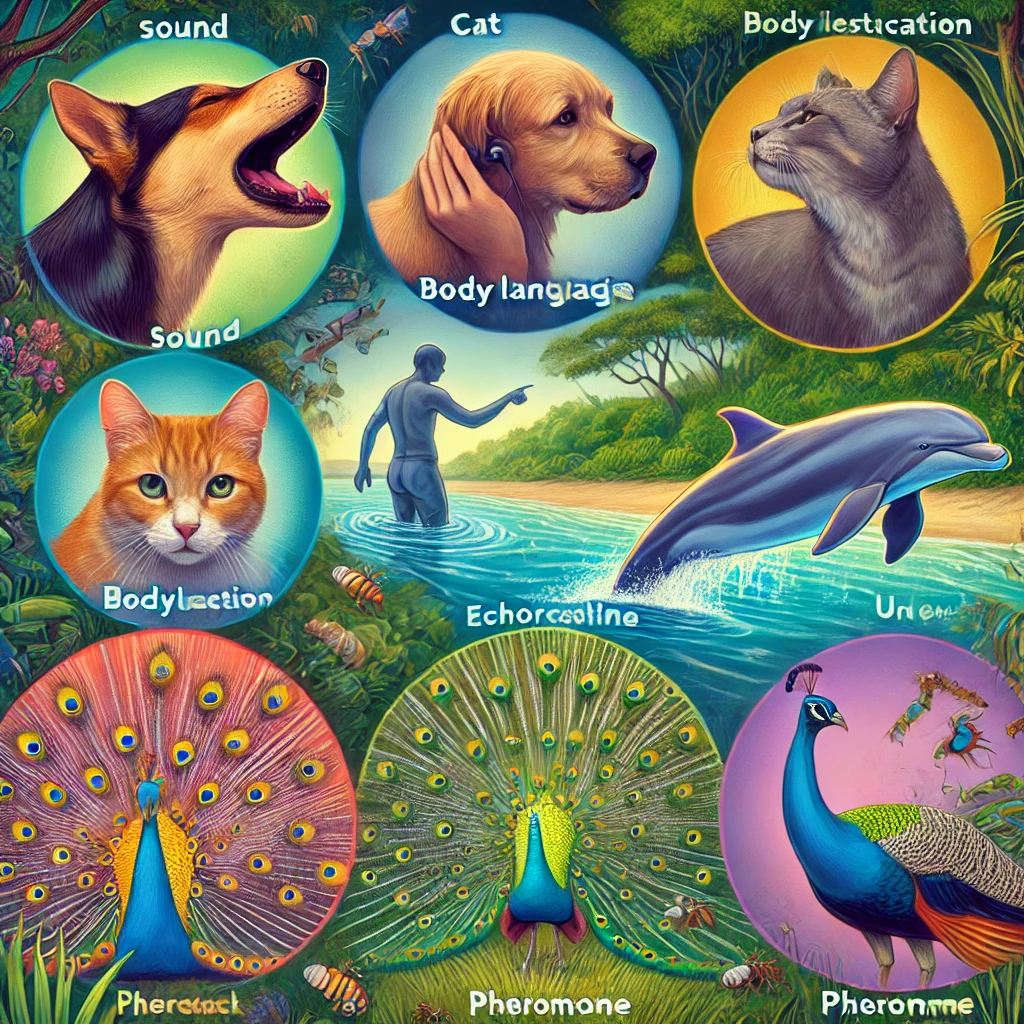
How Animals Communicate: Secrets You Need to Know
Animals have their own unique ways of communicating, and while they don’t speak in human languages, their messages are just as meaningful. From body language to vocalizations and even scent marking, animal communication is a fascinating topic that reveals the intelligence and social bonds of the animal kingdom. Whether you’re a pet owner or an animal lover, understanding how animals communicate can deepen your connection with them.
The Different Ways Animals Communicate
1. Vocal Communication
Many animals use vocal sounds to convey messages. Dogs bark to warn of danger or express excitement, while cats meow to demand attention. Birds sing complex melodies to attract mates, and dolphins use high-pitched clicks and whistles to navigate and communicate with their pods. Each species has a distinct way of using sound to interact with their environment and each other.
2. Body Language and Gestures
Body movements and posture play a crucial role in animal communication. A wagging tail on a dog usually signals happiness, while flattened ears on a cat may indicate fear or aggression. Horses use ear positioning and tail swishes to communicate with their herd. Even wild animals like wolves and deer rely on body language to establish hierarchy and warn of threats.
3. Scent and Chemical Signals
Animals often use scent to leave messages for others. Dogs sniff each other to gather information, while cats rub against furniture (or you!) to mark territory with their scent glands. Ants follow pheromone trails to navigate and locate food sources. This form of chemical communication helps animals recognize each other and establish social order.
4. Touch as a Communication Tool
Touch is another powerful way animals communicate. Grooming is a sign of affection among primates, and elephants use their trunks to comfort one another. Your pet dog may nudge you with its nose or paw to seek attention and companionship.
5. Visual Signals and Colors
Many animals use colors and visual signals to communicate. A peacock’s extravagant tail feathers are used to attract a mate, while a chameleon changes colors to express emotions or blend into surroundings. Fireflies use bioluminescence to signal potential mates, creating a stunning natural light show.
How Understanding Animal Communication Strengthens Your Bond with Pets
If you have a pet, learning to interpret their communication cues can significantly improve your relationship. Understanding when your dog is anxious or when your cat is feeling affectionate can help you respond appropriately to their needs. This not only enhances their well-being but also builds trust and companionship.
Practical Tips to Understand Your Pet’s Communication:
- Observe their body language and facial expressions
- Listen to their vocalizations and tone changes
- Pay attention to tail movements and ear positioning
- Notice any scent-marking behavior
- Recognize the importance of physical contact
The Future of Animal Communication Research
Scientists continue to study how animals communicate, with exciting discoveries emerging all the time. Research into dog vocalizations, dolphin echolocation, and even AI-assisted translation of animal sounds is paving the way for deeper interspecies understanding.
Animal communication is a rich and complex field that offers valuable insights into the natural world. Whether it’s the way your pet looks at you with love or how birds signal danger to their flock, every sound, movement, and scent has meaning. By paying attention to these signals, we can foster stronger connections with the animals around us.
What fascinating animal communication experiences have you observed? Share your stories in the comments below!
